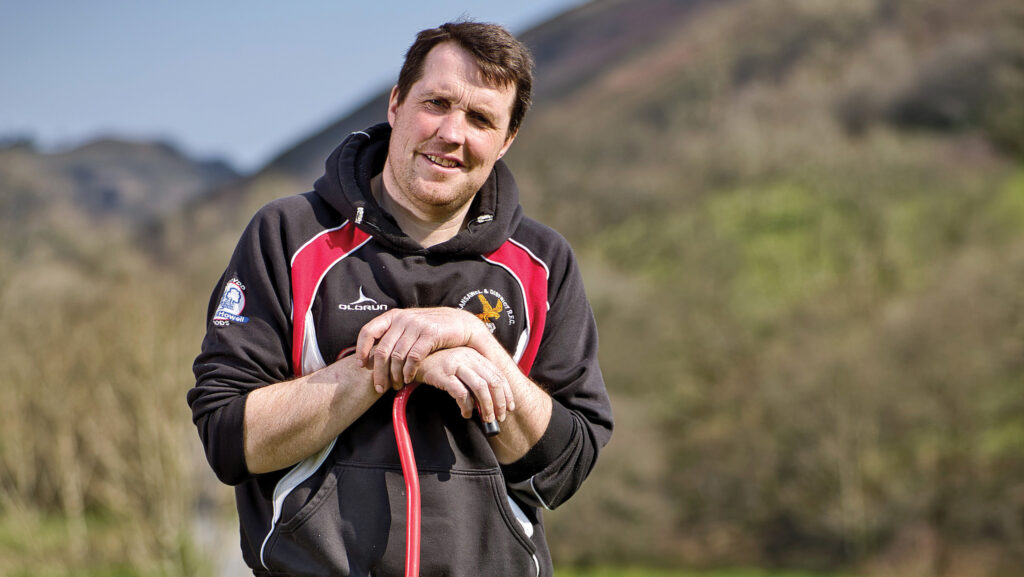Transition Farmer: Benefits of soil carbon monitoring
 Irwel Jones © Richard Stanton
Irwel Jones © Richard Stanton Cutting inputs and costs with a shift to regenerative farming is a strategy lamb producer Irwel Jones hopes will protect his profit margin as direct subsidies peter out.
Although at the early stage of regenerative practices, Irwel has already reduced input dependence by halving his annual artificial fertiliser use to 15t.
It makes financial sense, he reckons, to transition to a position where the upland farm’s stocking capability is optimised rather than maximised.
See also: How rotational hedge management is helping store more carbon
Farm facts: Aberbranddu Farm, Llanwrda, Carmarthenshire
- Farm size: 375ha acres (255ha owned and 120ha rented)
- Annual rainfall: 2,000mm
- Soil type: Clay, and peaty on marshy areas
Transition goal progress
Approximate percentage of progress towards completion:
- Carefully extend and manage natural woodland – 50%
- Plant hedgerows to improve biodiversity and aid pasture management – 50%
- Rely less on volatile inputs – 50%
Historically, feed and fertiliser had allowed him to “extend acres” and increase stocking density, but he doesn’t believe it’s sustainable going forward.
“I don’t think hauling expensive feed around the farm and relying on fertiliser is the future, I’d rather work within our farm’s natural capabilities.”
He is supported by experts who offer one-to-one mentoring from experienced regenerative farmers.
Soil carbon
They will measure Aberbranddu’s soil carbon baseline, monitoring this as farm practices change as it will produce verified carbon credits for Irwel to retain or sell.
“I am mainly interested in the advice but the carbon credits are a bonus,” he says.
Irwel’s confidence in the new lower input approach took a slight wobble during this spring’s dry conditions, when grass growth slowed, but he believes he would have been no better off had he applied more fertiliser since there was little moisture to activate it.
“I am not expecting everything to fall into place instantly, there will be a lot of tweaking along the way,” he acknowledges.
Benchmarking Aberbranddu with similar systems through the Farming Connect business group he is a member has been a “real eye opener”, he says.
Benchmarking
“I’ve always known we rely on the Basic Payment Scheme payment, but having the figures and comparing to other group members, made me realise I had to make changes if I want the business to remain sustainable in the long term.”
He hasn’t yet progressed with a Transition objective to extend the farm’s natural woodland, putting those plans on hold until further details are provided on Wales’ new Sustainable Farming Scheme, but he has extended hedgerows using the Small Grants – Environment scheme.
